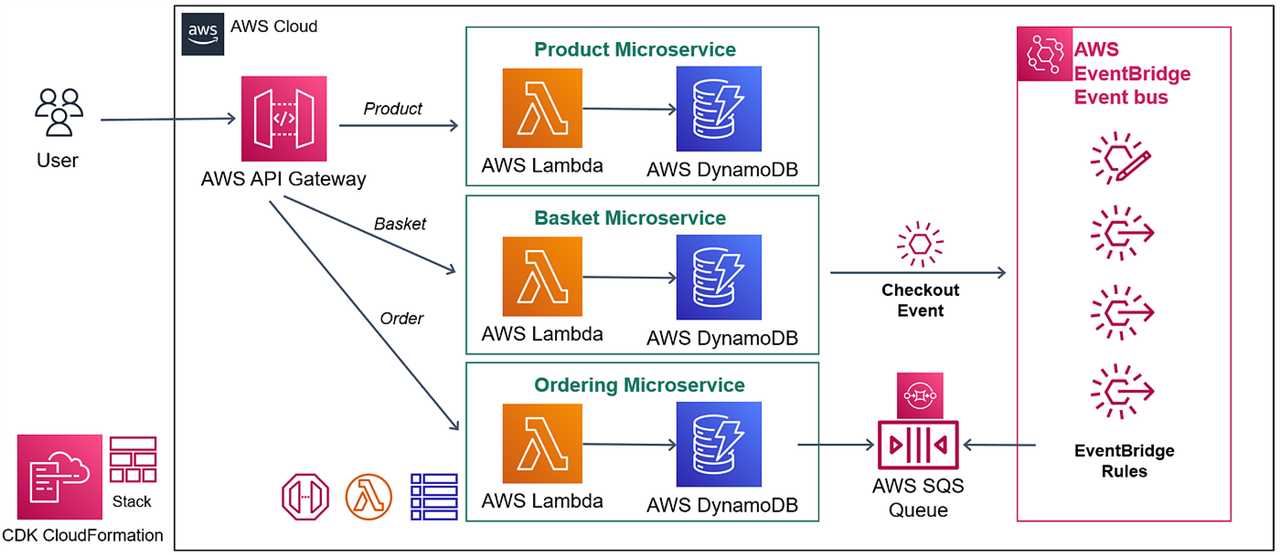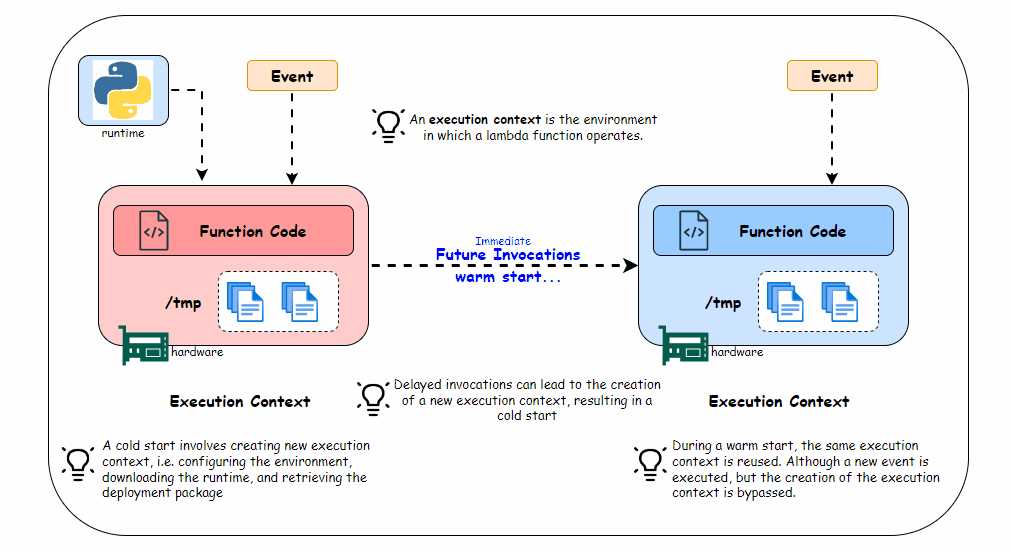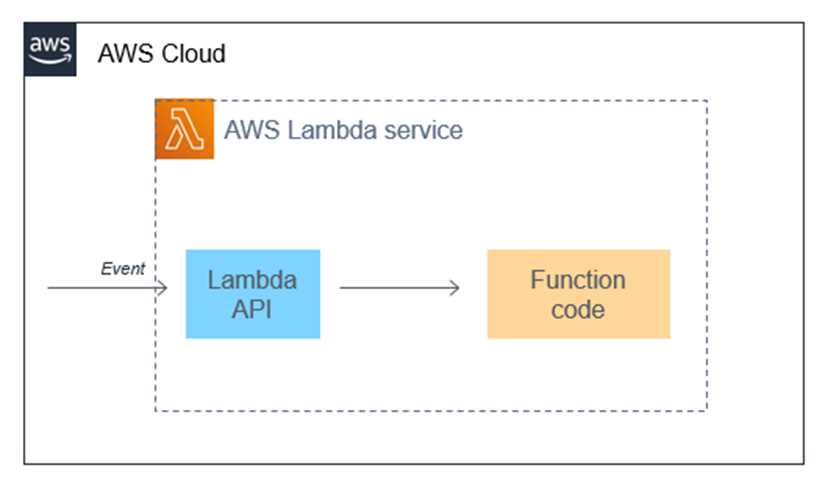Benefits of AWS Lambda
AWS Lambda is a powerful serverless computing service offered by Amazon Web Services (AWS). It provides several benefits that make it a popular choice for developers and businesses alike. Here are some of the key benefits of using AWS Lambda:
- Cost-effective: With AWS Lambda, you only pay for the compute time that you actually consume. There are no upfront costs or minimum fees. This makes it a cost-effective option, especially for applications with varying workloads.
- Scalability: AWS Lambda automatically scales your applications in response to incoming requests. It can handle a few requests per day or millions of requests per second, ensuring that your application can handle any level of traffic without the need for manual intervention.
- Flexibility: AWS Lambda supports multiple programming languages, including Node.js, Python, Java, and C#. This allows developers to choose the language they are most comfortable with and develop applications using their preferred programming language.
- Event-driven architecture: AWS Lambda is designed to work with event-driven architectures. It can be triggered by events from various AWS services, such as S3, DynamoDB, and API Gateway. This allows you to build serverless applications that respond to events in real-time.
- Easy integration: AWS Lambda integrates seamlessly with other AWS services, making it easy to build complex applications. You can easily combine Lambda functions with services like Amazon S3, Amazon DynamoDB, and Amazon Kinesis to create powerful serverless architectures.
- Automatic scaling: AWS Lambda automatically scales your functions based on the incoming request rate. It provisions the necessary compute resources to handle the load, and scales down when the load decreases. This eliminates the need for manual scaling and ensures optimal performance.
- High availability: AWS Lambda automatically replicates your functions across multiple availability zones, ensuring high availability and fault tolerance. If one availability zone fails, your functions will automatically failover to another zone, ensuring uninterrupted service.
- Monitoring and logging: AWS Lambda provides detailed monitoring and logging capabilities. You can monitor the performance and usage of your functions using Amazon CloudWatch, and you can view logs to troubleshoot issues and analyze application behavior.
These are just a few of the many benefits of using AWS Lambda. Whether you are building a small application or a large-scale enterprise system, AWS Lambda can help you reduce costs, improve scalability, and simplify development.
Strategies for Utilizing AWS Lambda

AWS Lambda is a powerful serverless computing service that allows you to run your code without provisioning or managing servers. It provides a wide range of benefits, such as scalability, cost-effectiveness, and reduced operational overhead. To fully leverage the power of AWS Lambda, it is important to implement effective strategies. Here are some strategies for utilizing AWS Lambda:
1. Event-Driven Architecture
One of the key benefits of AWS Lambda is its ability to respond to events in real-time. By designing your application with an event-driven architecture, you can trigger Lambda functions in response to various events, such as changes in data, user actions, or system events. This allows you to build highly responsive and scalable applications that can automatically scale up or down based on the incoming workload.
2. Microservices Architecture
AWS Lambda is well-suited for implementing a microservices architecture. Instead of building monolithic applications, you can break down your application into smaller, independent services that can be developed, deployed, and scaled independently. Each microservice can be implemented as a Lambda function, which allows you to focus on the specific functionality of each service and easily integrate them together.
3. Serverless Data Processing

AWS Lambda can be used for serverless data processing, allowing you to process large amounts of data without the need for managing infrastructure. You can use Lambda functions to transform, filter, or aggregate data from various sources, such as databases, data streams, or event logs. This enables you to build data pipelines that can automatically process and analyze data in real-time.
4. Scheduled Tasks and Cron Jobs

AWS Lambda can also be used for executing scheduled tasks and cron jobs. You can configure Lambda functions to run at specified intervals, such as every hour, day, or week. This is useful for performing periodic tasks, such as data backups, report generation, or system maintenance. By using Lambda for scheduled tasks, you can automate these tasks and eliminate the need for manual intervention.
5. Hybrid Architectures

Another strategy for utilizing AWS Lambda is to implement hybrid architectures. This involves combining Lambda functions with other AWS services, such as Amazon S3, Amazon DynamoDB, or Amazon API Gateway. By leveraging the capabilities of different services, you can build complex and scalable applications that can handle a wide range of use cases.

Emily Bibb simplifies finance through bestselling books and articles, bridging complex concepts for everyday understanding. Engaging audiences via social media, she shares insights for financial success. Active in seminars and philanthropy, Bibb aims to create a more financially informed society, driven by her passion for empowering others.
